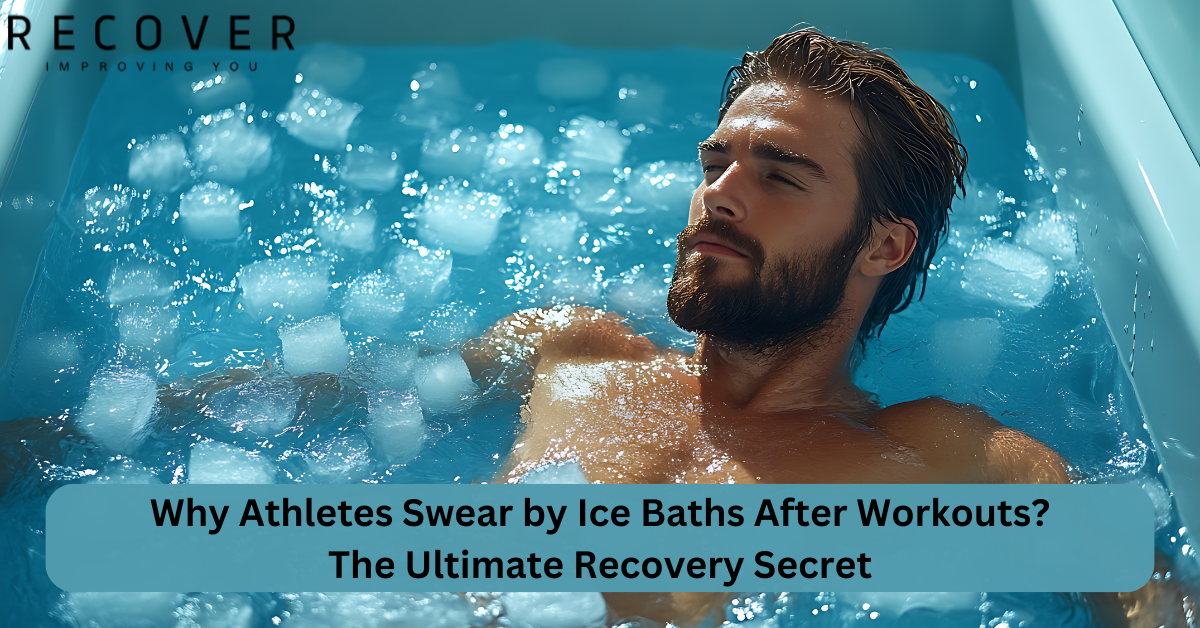
As an athlete pushing your body to its limits, recovery isn't just important—it's essential. Among the many recovery methods available today, one stands out for its effectiveness and growing popularity: the ice bath. From professional sports stars to dedicated weekend warriors, athletes across all disciplines are embracing the chill factor as a critical component of their training regimen.
But what makes ice baths after workouts so effective? Why do top performers consistently incorporate cold immersion therapy into their recovery routines? Let's dive into the science and benefits behind this powerful recovery method that has become a non-negotiable ritual for serious athletes worldwide.
The Science Behind Cold Water Immersion for Athletes
How Ice Baths Work on a Physiological Level?
When you submerge your body in cold water (typically between 50-59°F or 10-15°C), several important physiological responses are triggered simultaneously. The cold temperature causes your blood vessels to constrict, a process known as vasoconstriction. This immediate response helps reduce blood flow to the submerged areas, which plays a crucial role in decreasing inflammation and metabolic activity in the tissues.
Dr. James Smith, a sports medicine specialist, explains: "Cold water immersion essentially puts the brakes on inflammation processes that occur naturally after strenuous exercise. While some inflammation is necessary for adaptation and growth, excessive inflammation can delay recovery and increase soreness."
When you exit the ice bath, the opposite occurs—your blood vessels dilate (vasodilation), creating a "flushing effect" that can help remove waste products accumulated during exercise while delivering fresh oxygen and nutrients to the tissues.
The Recovery Cycle: From Training Damage to Supercompensation
Every intense workout creates microscopic damage to muscle fibers—this is a normal part of the training process. Your body responds by repairing this damage, and in the process, makes the muscles stronger than before (a phenomenon known as supercompensation). Ice baths can optimize this recovery cycle by:
-
- Reducing the severity of immediate post-exercise inflammation
- Helping clear metabolic waste products from tissues
- Accelerating the transition from breakdown to rebuilding phase
Top 7 Ice Bath Benefits for Athletic Performance
1. Reduced Muscle Soreness and Faster Recovery
Perhaps the most widely recognized benefit of ice bath therapy is its ability to significantly reduce delayed onset muscle soreness (DOMS). Research published in the Journal of Strength and Conditioning Research found that athletes who used cold water immersion after high-intensity training reported less soreness in the following 24-72 hours compared to those who recovered passively.
Olympic swimmer Michael Phelps, known for his rigorous training schedule, has been a longtime advocate of ice baths: "Sometimes I'll do an ice bath after training when I'm sore, and I've found that it really helps with recovery and getting ready for the next session."
2. Decreased Inflammation and Tissue Breakdown
Intense training sessions naturally trigger inflammation in worked muscles. While some inflammation is necessary for adaptation, excessive inflammation can extend recovery time. The cold water of an ice bath helps moderate this response, keeping inflammation at beneficial levels without allowing it to become counterproductive.
"Cold immersion therapy gives athletes the ability to train harder and more frequently by controlling the inflammatory response," notes elite running coach David Peterson. "It's like having a reset button for your muscles."
3. Enhanced Central Nervous System Recovery
High-intensity training doesn't just tax your muscles—it places significant demands on your central nervous system (CNS). An overworked CNS can lead to fatigue, decreased performance, and even overtraining syndrome. Regular ice bath sessions have been shown to help the nervous system recover more efficiently.
Basketball star LeBron James, known for his meticulous attention to recovery methods, regularly incorporates ice baths into his routine: "It's not always comfortable, but it helps my body and mind reset after games."
4. Improved Sleep Quality After Training
Quality sleep is a cornerstone of athletic recovery, yet intense exercise can sometimes disrupt normal sleep patterns. The body temperature drop experienced during an ice bath helps trigger natural sleep mechanisms. Many athletes report better, deeper sleep on days they use cold water immersion therapy.
"Since adding ice baths to my post-training routine, I've noticed I fall asleep faster and wake up feeling more refreshed," shares professional triathlete Sarah Johnson.
5. Mental Toughness and Psychological Benefits
Beyond the physical effects, regular exposure to the discomfort of ice baths can build mental resilience. Learning to breathe calmly through the initial shock and discomfort of cold immersion translates to better stress management during competition and training.
Ultra-runner Scott Jurek describes this psychological benefit: "Ice baths taught me to find calm in uncomfortable situations. That skill transfers directly to pushing through difficult patches in races."
6. Accelerated Recovery Between Multiple Training Sessions
For athletes training multiple times per day, ice baths can be particularly valuable. By expediting recovery between sessions, cold water therapy allows for more quality work within a training block without increased injury risk.
"During competition weeks with multiple events, ice baths are non-negotiable," explains track coach Tim Williams. "They help athletes maintain performance quality throughout a tournament where they might be competing several times over a few days."
7. Potential for Improved Long-term Performance Adaptations
Some research suggests that strategic use of ice baths can enhance long-term training adaptations. By allowing for more consistent, high-quality training sessions, athletes can accumulate more effective work over time, leading to superior performance gains.
How to Properly Use Ice Baths in Your Training Regimen?
Optimal Timing: When to Take an Ice Bath After Working Out
Timing matters when it comes to maximizing ice bath benefits. Most sports scientists recommend taking an ice bath within 30 minutes to two hours after completing an intense workout. This window allows you to interrupt the inflammatory cascade at the optimal moment without interfering with the beneficial early stages of recovery.
"The key is consistency and timing," explains physiotherapist Jessica Adams. "Taking an ice bath immediately after your hardest training sessions yields the best results for most athletes."
Perfect Temperature and Duration for Athletic Recovery
Getting the temperature and duration right is crucial for safety and effectiveness:
-
- Recommended temperature range: 50-59°F (10-15°C)
- Optimal duration: 10-15 minutes for most athletes
- Gradual progression: Beginners should start with shorter durations (5-7 minutes) and slightly warmer temperatures
Elite triathlete Mark Johnson shares his approach: "I aim for 54°F and 12 minutes after my hardest sessions. I've found that's my sweet spot for recovery without feeling excessively drained afterward."
Combining Ice Baths with Other Recovery Methods
Ice baths work best as part of a comprehensive recovery strategy. Consider combining cold water immersion with:
-
- Contrast therapy: Alternating between cold and heat (like a sauna) to maximize the vascular flushing effect
- Active recovery: Light movement the day after intense training
- Proper nutrition: Protein and carbohydrate intake timed around your cold immersion
- Compression garments: Used after the ice bath to maintain improved circulation
When to Avoid Ice Baths: Important Considerations for Athletes?
Training Periodization and Ice Bath Timing
While ice baths offer numerous benefits, strategic timing within your training cycle matters. Some research suggests avoiding ice baths immediately after workouts specifically designed to build muscle mass or directly following sessions focused on developing explosive power.
Strength coach Brian Thompson explains: "We use ice baths liberally during competition phases and high-intensity training blocks, but limit them during hypertrophy-focused phases where we want that inflammatory response to maximize muscle growth."
Health Contraindications for Cold Water Immersion
Not everyone should use ice baths. Exercise caution or avoid completely if you have:
-
- Cardiovascular conditions or high/low blood pressure
- Open wounds or skin infections
- Raynaud's syndrome
- Recent injury requiring medical attention
- Sensitivity to cold
- Pregnancy (consult with healthcare provider)
Professional Athletes and Their Ice Bath Routines
Olympic Athletes' Cold Recovery Protocols
The world's top Olympic athletes have refined their ice bath protocols through years of experimentation. Swimming phenom Katie Ledecky incorporates ice baths after key training sessions, while Jamaican sprinters are known for their disciplined cold immersion routines.
"In the Olympic village, the ice bath areas are always in high demand," notes sports physiologist Dr. Martin Chen. "Elite athletes understand that recovery is where the magic happens."
How Pro Team Sports Use Cold Therapy
Professional sports teams have developed sophisticated approaches to cold therapy. NFL teams like the Kansas City Chiefs have dedicated recovery rooms with multiple cold plunge tubs for post-game recovery, while soccer clubs in the English Premier League travel with portable cold immersion units for away games.
DIY vs. Professional Ice Bath Solutions for Serious Athletes
Creating Your Own Cold Immersion Setup
For athletes on a budget, DIY solutions can be effective:
-
- Large stock tanks or specialized ice bath tubs
- Regular addition of ice to maintain temperature
- Thermometer to monitor water temperature
- Timer to track immersion duration
Premium Ice Bath Systems for Optimal Recovery
For those seeking the ultimate recovery experience, professional systems offer significant advantages:
-
- Precise temperature control
- Water filtration and treatment
- Comfortable design for proper positioning
- Easier maintenance
- Consistent experience without the hassle of ice preparation
Conclusion: Why Ice Baths Remain a Recovery Staple for Top Athletes?
The evidence is clear: ice baths after workouts deliver tangible benefits for serious athletes looking to optimize their recovery and performance. From reduced soreness and inflammation to improved sleep and mental resilience, cold water immersion therapy offers a powerful combination of physiological and psychological advantages that can make a meaningful difference in your athletic journey.
As with any recovery method, individual response varies, and ice baths should be one component of a well-rounded approach to training and recovery. By applying the principles outlined in this guide, you can harness the power of cold immersion to help you recover faster, train more effectively, and potentially reach new levels of athletic performance.
Whether you're a weekend warrior or an elite competitor, the humble ice bath might just be the recovery secret that takes your performance to the next level. As more research emerges and technology advances, this time-tested recovery method continues to prove its worth in the athletic world.
Remember: Always consult with a healthcare provider before beginning any new recovery protocol, especially if you have underlying health conditions.




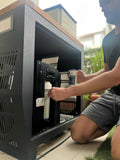
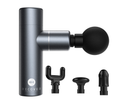





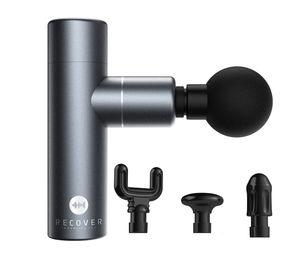
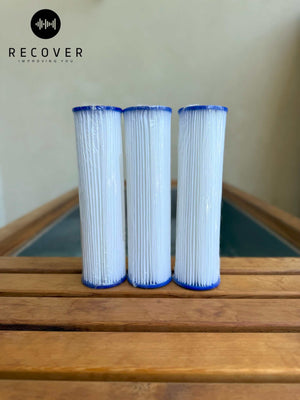



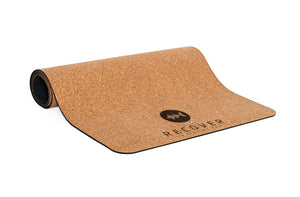

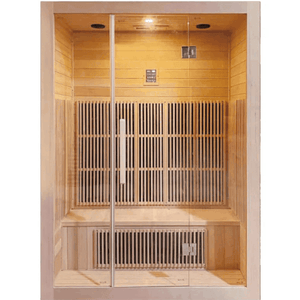
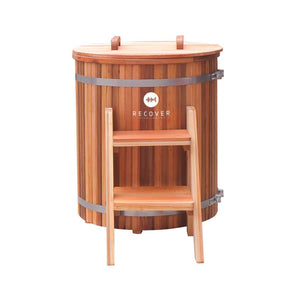


Leave a comment
This site is protected by hCaptcha and the hCaptcha Privacy Policy and Terms of Service apply.